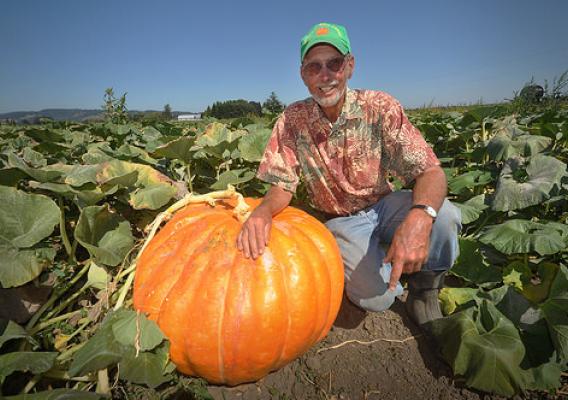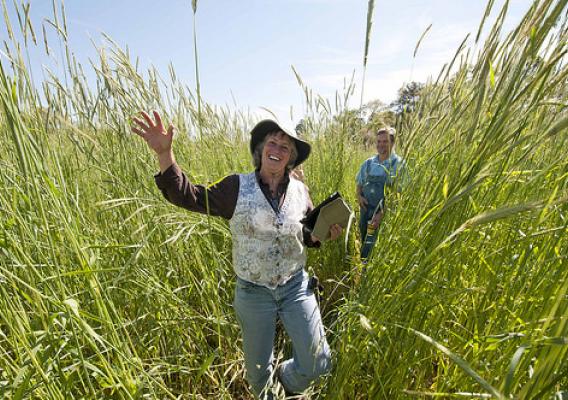If you ever wonder about the future of agriculture, go no further than Brighton, Illinois. Just 10 minutes with 15-year-old Adlai Schetter will reinforce that stewardship of private working lands is in good hands. It will also convince you that cover crops and second generation biofuels are a dynamic part of our agricultural future. On the day I visited with Adlai at his parents’ farm, he summed up his vision in a professional PowerPoint presentation to an audience of more than 20 state and federal officials.
Adlai spends a lot of his free time researching the effectiveness of different cover crop seed mixes that include rye and radishes. After his formal presentation, we walked over to his test plots. I asked him if he’s determining which cover crop work best and he responded that “they are like players on a football team, they each have important roles.” Adlai understands how to make these cover crops work for him. While other farmers may be looking at bare fields this winter and early next spring, Adlai and his parents get to watch their cover crops scavenge nutrients, improve soil porosity and suppress weeds. This frees up time for Adlai to spend on another passion – the second generation biofuel miscanthus. Adlai puts his harvested miscanthus to work fueling a burner that heats a cavernous building that houses farm equipment and the farm’s office. Ten bales a day of miscanthus and corn stover keep the building a comfortable 72 degrees throughout the cold Illinois winter. This winter he will experiment with using even less fuel. Asked if he gets any school credit for all this work, Adlai responds, “not really.”










